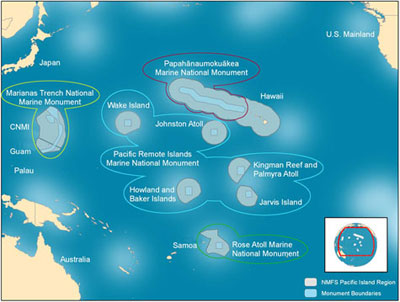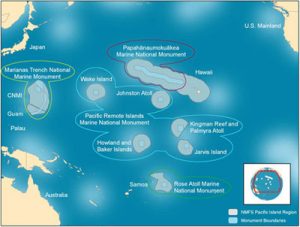While there’s plenty of scary news about the state of the world’s oceans, some progress is being made.
For the past few years, a host of supermarket and chains and restaurants have been selling only certified seafood that can be traced to sustainably managed fisheries. And it’s having a positive impact, according to the study, State of Sustainability Initiatives Review: Standards and the Blue Economy.
14% of global fish production is now certified, up from practically nothing (0.5%) in 2005. Last year, demand pushed suppliers to certify a catch valued at $11.5 billion.
In the US, some of the biggest food retailers are on board, such as Safeway, Food Lion, Wegman’s, Target, Kroger, Whole Foods, and the largest food distributor, Sysco. McDonald’s sells sustainably-sourced seafood in Europe. Greenpeace ranks US supermarkets on seafood sustainability.
“The rapid expansion of sustainable seafood practices is helping to address decades of mismanagement, which has led to the collapse of fisheries and destruction of fragile marine ecosystems,” says lead author Jason Potts at the International Institute for Sustainable Development.
Still, government policies are crucial for turning around the relentless global pressure on fish stocks. About 80% of species are either over-exploited or fully exploited and need protection to rebound.
Aquaculture is rising rapidly, but it too presents challenges for marine ecosystems. While 80% of certifed seafood
is wild catch, certifed aquaculture is growing at double the pace.
To get transformative change, researchers say, certification has to be integrated into national policy and investment decision-making, particularly in developing countries, where 80% of fisherman are. Certifiers need to include workers’ rights as part of the process, paying fisherman premiums for their catch and ensuring slavery-like conditions aren’t involved, as we saw in Thailand’s shrimp industry.
“Even the successful implementation of voluntary standards on a wide scale will require significant investment from governments on issues like improved stock assessments and economic incentives for switching to sustainable production methods,” says Potts.
Incredibly, just 13 companies control much of the world’s fishing industry. “So powerful have these corporations become that they are eclipsing the role of nations in the fishing industry,” say scientists at Stockholm University. They call them “keystone actors of the Anthropocene” because they hold the power to drastically change both marine ecosystems and the fishing industry itself, reportsMongabay.
Millions of people depend on the seafood industry for their income – estimated at 10-12% of world population – and seafood is the main protein source for 3 billion people. Valued at $140 billion in 2014, the seafood industry is one of the world’s most valuable.
Most certified seafood comes from a handful of nations: US (15%); Norway (10%); Russia (5%); Peru (26%) and Chile (8%). Only 11% comes from Asia, where 69% of the world’s catch takes place.
Global demand for sustainable seafood is driven almost entirely by Japan, North America and Europe. So far certification is concentrated on a handful of fish species that comprise just 15% of the global catch- Peruvian anchovy, cod and Alaska pollock, salmon, tuna and mackerel.
US and European Action
In 2014, President Obama greatly expanded the Pacific Remote Islands Marine National Monument to protect fish species, and issued executive orders that prevent illegally caught fish from entering the US market.
Marine preserves are expanding around the world to help fisheries recover.
The Port State Measures Agreement was just ratified, with the US and 29 other nations as signatories. The binding agreement will keep illegally caught fish out of the global seafood market. About 20% of the world’s fish are caught illegally and sold on the black market.
About 120,000 fishing vessels sail the oceans at any given moment. Technology platforms Global Fishing Watchand Eyes on the Seas are making it easier to monitor these vessels.
Recent EU policies are the first to seriously address over-fishing. They include a legally binding commitment to fish at sustainable levels; sets annual quotas based on what’s necessary to rebuild fish populations, and gives priority access to fisherman that use sustainable practices.
The really good news is that the majority of the world’s fisheries can be recovered in just 10 years with better practices, according to research published in Proceedings of the National Academy of Sciences. If reforms were implemented today, 77% of fisheries would be biologically healthy by then.
The most significant reform would be implementation of secure fishing rights, researchers say. It would end the desperate race for fish by requiring the industry to adhere to strict, science-based catch limits in exchange for the right to a share of the catch or to a traditional fishing area. This is already used successfully in Australia, Belize, Chile, Denmark, Namibia, and the US.
Read our articles, Pacific Northwest Shows How Quickly Fish Populations Can Rebound and How Community Fisheries Save Fish and Local Economies.
Read, How Satellites and Big Data Can Help to Save the Oceans: e360.yale.edu/feature/how_satellites_and_big_data_can_help_to_save_the_oceans/2982/

